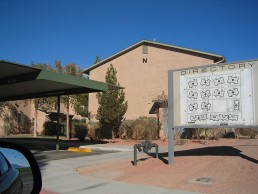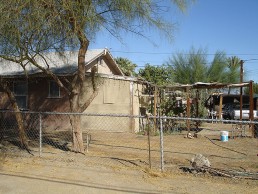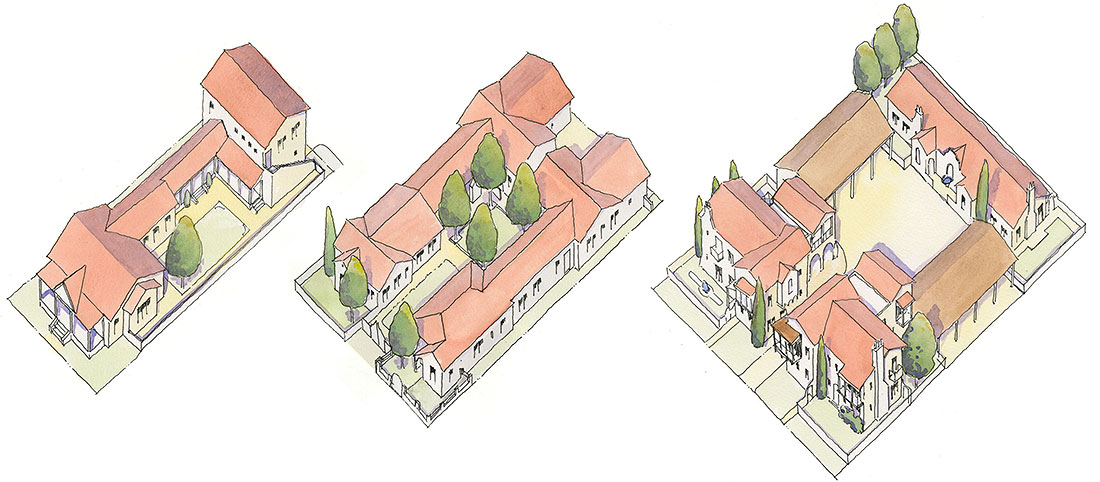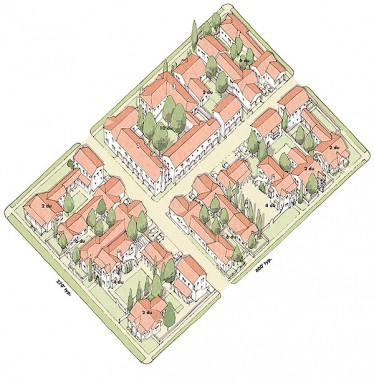 Despite the recent downtown most places in California are expected to grow. Municipalities struggle to meet their RHNA (Regional Housing Needs Allocation), that outlines targets for housing at varying degrees of affordability and requires them to zone land sufficient to meet these requirements. The reasons why places tend to chronically fail to meet their RHNA are many and complex, and we’ll hopefully be devoting some time to this subject at this week’s national APA conference in Chicago. One experience in particular really shed some light on this issue for us and got us thinking about the roles that land use and design can play in meeting our evolving housing needs.
Despite the recent downtown most places in California are expected to grow. Municipalities struggle to meet their RHNA (Regional Housing Needs Allocation), that outlines targets for housing at varying degrees of affordability and requires them to zone land sufficient to meet these requirements. The reasons why places tend to chronically fail to meet their RHNA are many and complex, and we’ll hopefully be devoting some time to this subject at this week’s national APA conference in Chicago. One experience in particular really shed some light on this issue for us and got us thinking about the roles that land use and design can play in meeting our evolving housing needs.
A few years ago we completed a revitalization plan for the unincorporated community of Mecca, in the Coachella Valley of Riverside County, CA. The area, not far from the Salton Sea,  is a harsh, desert environment that, thanks to Colorado River water brought via the All-American Canal, is rich in agriculture. With farms come farmworkers, and most of Mecca’s 8,400 residents are such, two-thirds of whom live in poverty.
is a harsh, desert environment that, thanks to Colorado River water brought via the All-American Canal, is rich in agriculture. With farms come farmworkers, and most of Mecca’s 8,400 residents are such, two-thirds of whom live in poverty.
When we visited in 2008, Mecca was experiencing a lot of growth. New families arriving from Mexico and Central America mingled with more established members of the Hispanic community that had moved from the western part of the valley in search of affordability. Additional farmworkers stayed in makeshift tent cities that sprung up around each harvest. Developers had begun to request land use changes to enable new subdivisions.
On the ground in Mecca we saw two kinds of housing. On one hand, there were single-family, detached homes. While most families dreamed of having their own home, they were unaffordable to a majority of the population, so residents typically fit several families into one house, and built makeshift additions to accommodate seasonal migrants. On the other hand, there were high-density apartment complexes, which provided an opportunity to have one’s own space, albeit in a multi-story, double-loaded corridor building surrounded by parking lots and physically separated from the rest of the community.
Members of the community council told us about this lack of choice for Mecca residents when it came to housing. While policies and programs to meet the RHNA promised more high-density apartment complexes to address the affordable housing shortage, the market continued to provide single-family detached houses that were out-of-each for many.
Mecca lacked anything in the middle.
Could housing be designed to bridge this gap? There was certainly an affordability gap, and we wondered if medium-density housing, such as bungalow courts and courtyard houses, could be built and sold to be affordable for both entry-level buyers and renters. There was also a culture and lifestyle gap, where different kinds of nontraditional households were trying hard to adapt available housing to their needs, including multigenerational families and extended families with multiple wage earners. In the best of situations, Mecca residents were getting creative to make do with the housing stock they had. At worst, it was resulting in all sorts of code violations and related issues with health and safety.

 We designed a series of medium-density, multi-family prototypes that could be utilized to bridge these gaps. They were conceptualized for economical framed construction, and emphasized shared interior courtyard spaces that would help to mitigate the area’s harsh climate. The types take advantage of Mecca’s existing lot and block structure so that they can be easily inserted into the numerous vacant lots around town. They also hope to assure that new, multifamily development could be integrated with single-family neighborhoods, rather than “podded” into segregated complexes.
We designed a series of medium-density, multi-family prototypes that could be utilized to bridge these gaps. They were conceptualized for economical framed construction, and emphasized shared interior courtyard spaces that would help to mitigate the area’s harsh climate. The types take advantage of Mecca’s existing lot and block structure so that they can be easily inserted into the numerous vacant lots around town. They also hope to assure that new, multifamily development could be integrated with single-family neighborhoods, rather than “podded” into segregated complexes.
One thing that Form-Based Codes can do is to provide zoning districts that allow and encourage this kind of housing, as well standards and “recipes” for developers to try. While much has been written about the current demographic shifts and their future impact on the housing market, places like Mecca remind us that these problems are real and current, and the contribution we can make today.